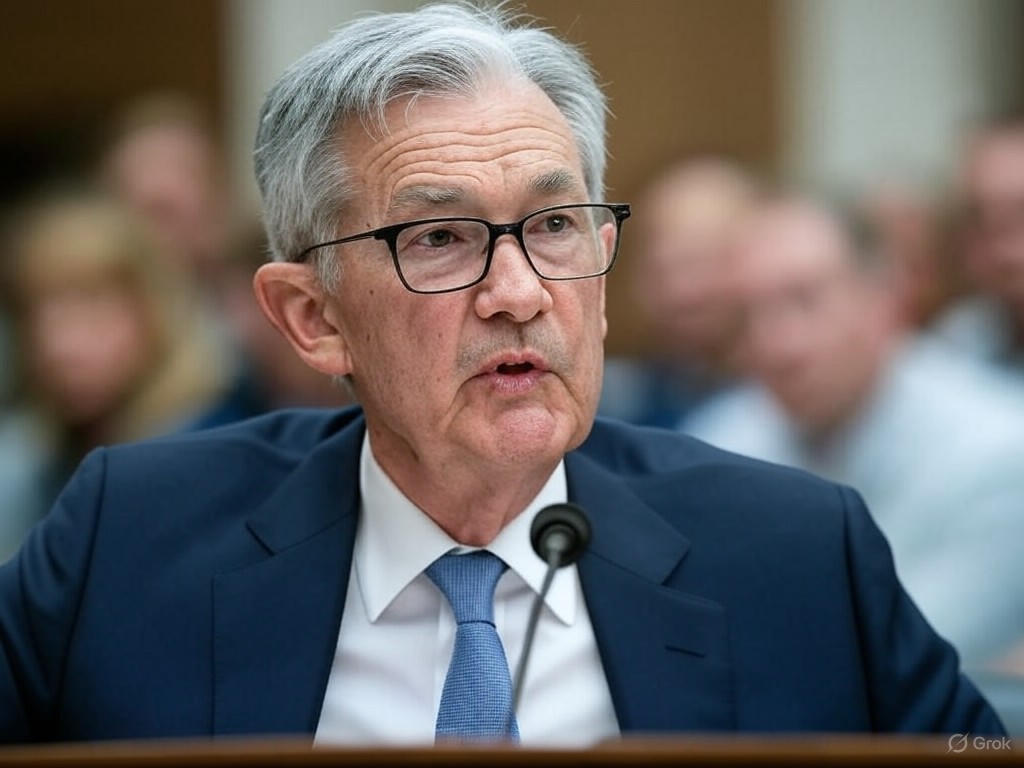In a highly charged political atmosphere, Federal Reserve Chair Jerome Powell recently faced intense questioning during his testimony before Congress. The central focus of the session was the Fed’s stance on interest rates, a topic that has sparked heated debate amid persistent calls from President Donald Trump for a significant reduction in borrowing costs. Trump has repeatedly argued that lower rates would stimulate economic growth, boost business investments, and create jobs, especially as global uncertainties loom large. His public criticism of the Federal Reserve’s cautious approach has put Powell in a delicate position, balancing economic stability with political pressure.
The backdrop to this controversy is a complex economic landscape. While the U.S. economy has shown resilience with steady job growth and consumer spending, inflation remains a lingering concern for policymakers. Powell, during his testimony, emphasized the Fed’s commitment to its dual mandate of fostering maximum employment and maintaining price stability. He reiterated that decisions on interest rates are guided by data and long-term economic indicators rather than short-term political demands. This stance, though grounded in the Fed’s independence, has not shielded Powell from accusations of being out of touch with the immediate needs of businesses and workers who, according to critics, could benefit from cheaper access to credit.
Analysts note that Trump’s push for lower rates is not without merit, especially as other major economies, such as the European Union and Japan, have adopted ultra-low or even negative interest rates to spur growth. However, Powell cautioned that slashing rates prematurely could overheat the economy, leading to unsustainable inflation and potential financial bubbles. He pointed to recent data showing moderate wage growth and contained inflationary pressures as evidence that the current policy stance remains appropriate. Moreover, Powell highlighted the importance of preserving the Fed’s autonomy, subtly rebuffing attempts to influence monetary policy through public commentary or political leverage.
The tension between the White House and the Federal Reserve underscores a broader debate about the role of central banks in modern economies. Should they act as engines of immediate economic relief, or should they prioritize long-term stability, even at the cost of short-term pain? For small business owners and everyday Americans, the outcome of this debate could mean the difference between affordable loans and tightened budgets. Meanwhile, investors are closely monitoring the situation, as any hint of a policy shift could send ripples through financial markets.
As the year progresses, Powell’s ability to navigate these choppy waters will be crucial. With global trade tensions and domestic political dynamics at play, the Federal Reserve’s decisions will likely remain under a microscope. While Trump’s vocal demands for rate cuts may resonate with some, Powell’s testimony made it clear that the Fed intends to chart its own course, prioritizing economic fundamentals over external pressures. Whether this resolve holds in the face of mounting criticism remains to be seen, but for now, the battle over interest rates continues to shape the national conversation.
